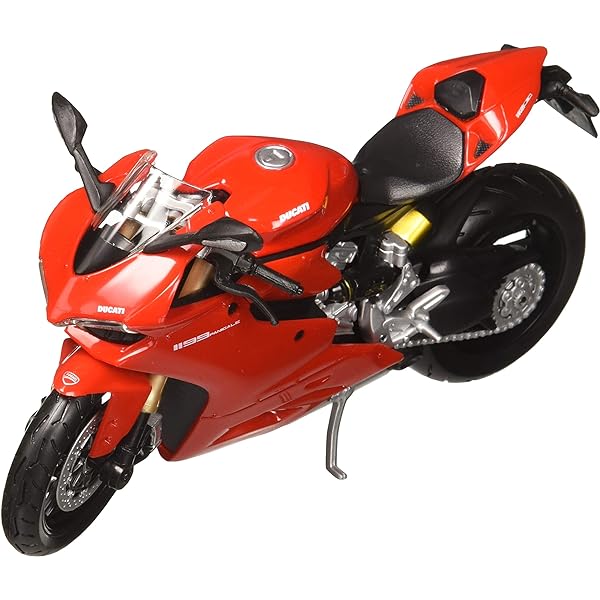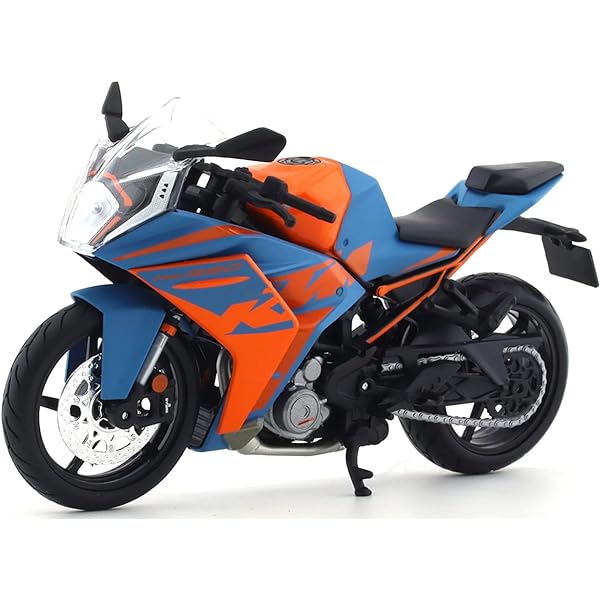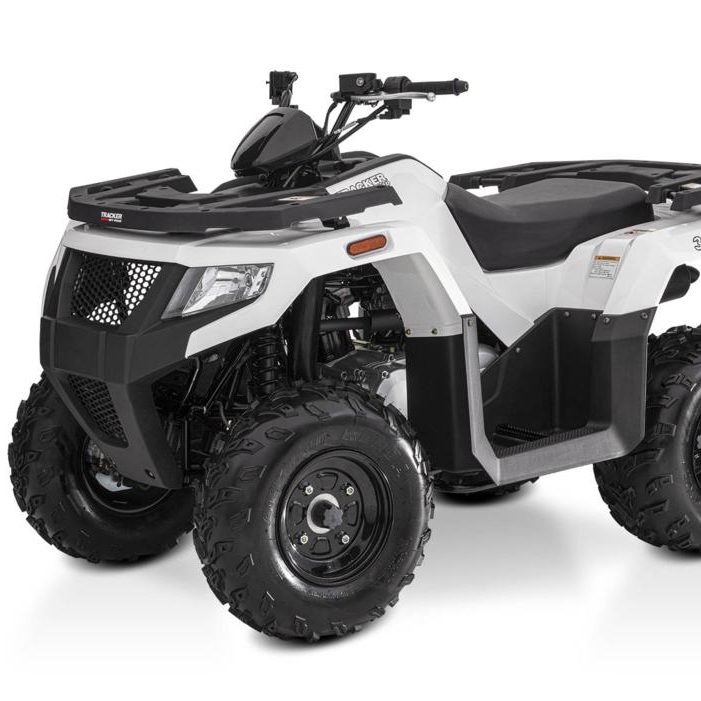Introduction
Motorcycles offer a thrilling experience and a sense of freedom on the open road. However, it is essential to acknowledge the inherent risks associated with riding a motorcycle, as riders are more vulnerable to injury compared to occupants of enclosed vehicles. This article aims to delve into the factors contributing to the risk of injury on a motorcycle, provide statistics on motorcycle-related injuries, and emphasize the importance of safety measures to mitigate these risks.

What is the risk of injury on a motorcycle?
I. Vulnerability of Motorcyclists
-
Lack of Protection:
- Unlike occupants of enclosed vehicles, motorcyclists lack the physical protection of a vehicle’s structure. This leaves them more exposed to external forces in the event of a crash.
-
Increased Risk of Injuries:
- Due to the absence of seat belts, airbags, and other safety features, motorcyclists are at greater risk of sustaining severe injuries in accidents.
II. Factors Contributing to Motorcycle Injuries
-
Lack of Visibility:
- Motorcycles may be less visible to other drivers, especially in blind spots or during adverse weather conditions, increasing the likelihood of accidents.
-
Speeding and Reckless Riding:
- Excessive speeding and reckless riding behaviors significantly increase the risk of crashes, which often result in severe injuries.
-
Lack of Training or Experience:
- Insufficient training or lack of experience in handling motorcycles can lead to poor decision-making and inadequate reaction times, increasing the risk of accidents and injuries.

III. Statistics on Motorcycle Injuries
-
Global Impact:
- According to the World Health Organization (WHO), motorcycle crashes result in an estimated 1.25 million deaths annually worldwide.
-
United States Statistics:
- In the United States, the National Highway Traffic Safety Administration (NHTSA) reported that motorcycles accounted for 14% of all traffic fatalities in recent years.
-
Severe Injury Rates:
- The Centers for Disease Control and Prevention (CDC) states that motorcyclists are approximately 27 times more likely to die in a crash compared to occupants of passenger vehicles.
IV. Common Types of Motorcycle Injuries
-
Head and Brain Injuries:
- Head injuries, including traumatic brain injuries (TBIs), are one of the most common and severe injuries in motorcycle crashes. These injuries can result in long-term disabilities or fatalities.
-
Fractures and Orthopedic Injuries:
- Due to the direct impact or the force applied when falling, motorcyclists often sustain fractures in the extremities, ribs, or spine.
-
Road Rash and Soft Tissue Injuries:
- The lack of protective barriers can lead to road rash, abrasions, lacerations, and other soft tissue injuries caused by contact with the road surface during a crash or slide.
-
Spinal Cord Injuries:
- Severe spinal cord injuries can occur due to the forceful impact or compression of the spinal cord during a crash, resulting in life-altering disabilities.

V. Mitigating Risk and Enhancing Safety
-
Wearing Protective Gear:
- Motorcyclists should always wear appropriate protective gear, including helmets, eye protection, durable clothing, gloves, and sturdy footwear to minimize the risk of injuries.
-
Defensive Riding Techniques:
- Practicing defensive riding techniques, such as remaining alert, maintaining a safe distance from other vehicles, and anticipating potential hazards, helps reduce the risk of accidents and injuries.
-
Rider Education and Training:
- Completing comprehensive rider education and training courses equips motorcyclists with the necessary knowledge and skills to handle motorcycles safely, mitigating the risk of accidents and injuries.
-
Safe Riding Practices:
- Obeying traffic laws, avoiding excessive speeds, not riding under the influence of drugs or alcohol, and regularly maintaining motorcycles are essential for minimizing the risk of accidents and injuries.
VI. Legislative Measures and Infrastructure Improvements
-
Helmet Laws:
- Enforcing helmet laws and ensuring compliance with mandatory helmet usage encourages safer riding practices and reduces the severity of head injuries in motorcycle crashes.
-
Enhanced Road Infrastructure:
- Improving road infrastructure, such as clear signage, proper lane markings, and well-maintained road surfaces, helps reduce accidents and enhances overall safety for motorcyclists.
VII. Promoting Rider Safety and Awareness
-
Public Awareness Campaigns:
- Promoting public awareness campaigns about motorcycle safety, including sharing statistics, highlighting the risks, and emphasizing the importance of safety measures, helps create a safer riding culture.
-
Community Engagement:
- Engaging with local communities, motorcycle clubs, and organizations to promote rider safety, facilitate safety training programs, and encourage mutual support among riders contributes to a safer riding environment.,

IX. Promoting Vehicle Awareness and Driver Education
-
Encouraging Vehicle Awareness:
- Raising awareness among drivers of other vehicles about the presence and vulnerability of motorcyclists on the road is crucial for reducing the risk of accidents. Driver education programs and public campaigns can help foster understanding and respect for motorcycles.
-
Driver Education:
- Comprehensive driver education programs should incorporate information about sharing the road with motorcycles. This includes teaching drivers about blind spots, appropriate following distances, and the importance of visual scanning for motorcycles.
X. Continuous Improvement and Research
-
Continuous Safety Research:
- Ongoing research and analysis of motorcycle crashes, injuries, and trends assist in identifying emerging risks and developing effective preventive measures. This research can guide the development of improved safety regulations and innovations in motorcycle design.
-
Collaboration and Data Sharing:
- Collaboration between government agencies, research institutions, motorcycle manufacturers, and safety organizations is essential for sharing data, knowledge, and best practices to enhance motorcycle safety.
Do weather conditions have an impact on the chances of a motorcycle accident?
Yes, weather conditions can have a significant impact on the chances of a motorcycle accident. Here are a few examples of how different weather conditions can affect motorcycle safety:
Rain: Wet roads can reduce tire traction, making it more challenging to brake, accelerate, and maneuver safely. Rain can also impair visibility, making it harder for other drivers to see motorcyclists. Puddles and slippery surfaces can pose additional risks.
Snow and ice: Snowy or icy road conditions can drastically increase the chances of a motorcycle accident. These conditions reduce traction even further and make it extremely challenging to maintain control of the bike. Cold temperatures can also affect tire stability and reaction times.
Wind: Strong gusts of wind can affect the stability of a motorcycle, especially when traveling at higher speeds. Crosswinds can destabilize the bike and cause it to veer off course, potentially leading to a loss of control or collision.
Fog: Dense fog can severely limit visibility, making it difficult for both motorcyclists and other drivers to see hazards, road signs, or each other. This reduced visibility can increase the likelihood of accidents, as well as the difficulty of anticipating and reacting to potential dangers.
Extreme heat: High temperatures and intense heat can cause discomfort, dehydration, and fatigue for motorcyclists. Heat exhaustion or heatstroke can impair concentration and reaction times, increasing the risk of accidents.

VIII. Conclusion: Acknowledging and Mitigating the Risk
Acknowledging the inherent risks of riding a motorcycle is vital for promoting safety and reducing the incidence of motorcycle-related injuries. Factors such as lack of visibility, speeding, and insufficient training can contribute to these risks. Understanding the statistics and common types of injuries emphasizes the need for safety precautions, including wearing protective gear, practicing defensive riding techniques, and prioritizing rider education and training.
Legislative measures, enhancing road infrastructure, and promoting public awareness campaigns contribute to a safer riding environment. By engaging with local communities and fostering a culture of safety and mutual support, we can work together to mitigate the risks and promote rider safety.
Ultimately, focusing on safety measures, responsible riding practices, and continuous education is essential to protect both experienced and novice riders, ensuring that the thrill of riding a motorcycle can be enjoyed with minimized risks of injury.











